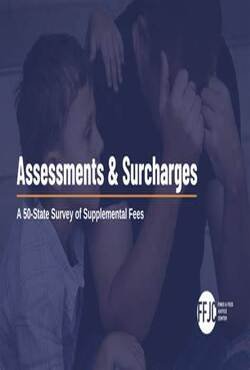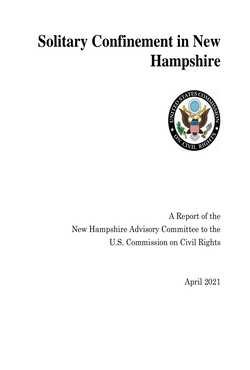By Róisín Mulgrew
The State duty to prevent preventable prisoner deaths is easy to state and substantiate. Yet prisoner death rates are increasing around the world and are often much higher than those in the community. To understand why this is happening, the findings and recommendations of the country reports of international oversight bodies and thematic reports from international rapporteurs are synthesised with contemporary rights-informed penal standards, multi-disciplinary scholarship, non-governmental organization reports and media extracts. On the basis of this knowledge, this reform-oriented article explores the impact of structural, societal and environmental factors on natural and violent prisoner deaths and how these factors operate cumulatively to create dangerous and life-threatening custodial environments. The paper makes recommendations to reaffirm and enumerate the positive obligation to protect prisoners’ lives, develop specialist standards, adopt a broader approach to prison oversight and create a specific United Nations mandate on prisoner rights.
Human Rights Law Review, 2023, 23, 1–25





















